How to Eat Well and Spend Less
18 simple, practical strategies for the home cook on how to eat well and spend less.
Here in the Simple Bites kitchen, we’re in a season of frugal eating. It’s post-Thanksgiving and pre-Christmas. Birthdays are over for the year (whew!) and holiday entertaining hasn’t kicked off yet.
The price of food continues to soar, and yet I still have hungry teenagers to feed! I’m making a concerted effort to keep our grocery bills down every week, and decided to share what that looks like for me.
Today’s post outlines 18 simple, practical strategies on how to eat well and spend less. It’s a multifaceted approach! Ready to learn? Read on.
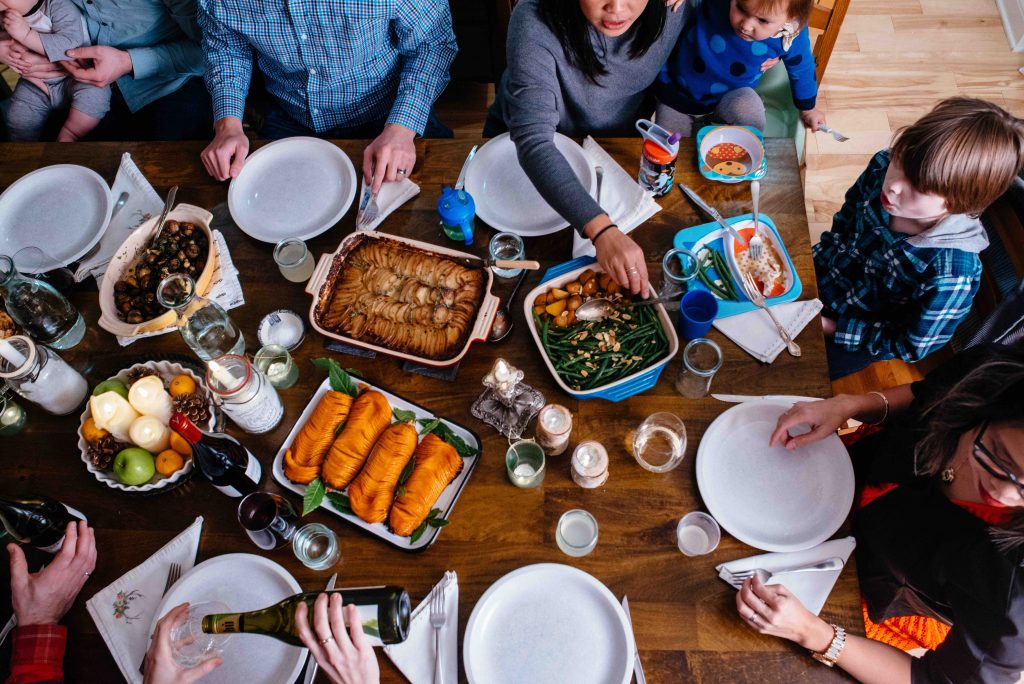
How to Eat Well and Spend Less
Nearly a decade ago I ran a blog series called Eat Well, Spend Less. It focused on ways to feed our growing families nourishing and delicious foods while still staying within a reasonable budget. Today’s post is an updated recap of that series; a topic we need now more than ever.
As with any progress in the kitchen, remember to start small and implement changes one by one. I want this list of eighteen ideas to be helpful, not overwhelming. That said, if you’re a longtime reader, I think most of these suggestions will be familiar to you.
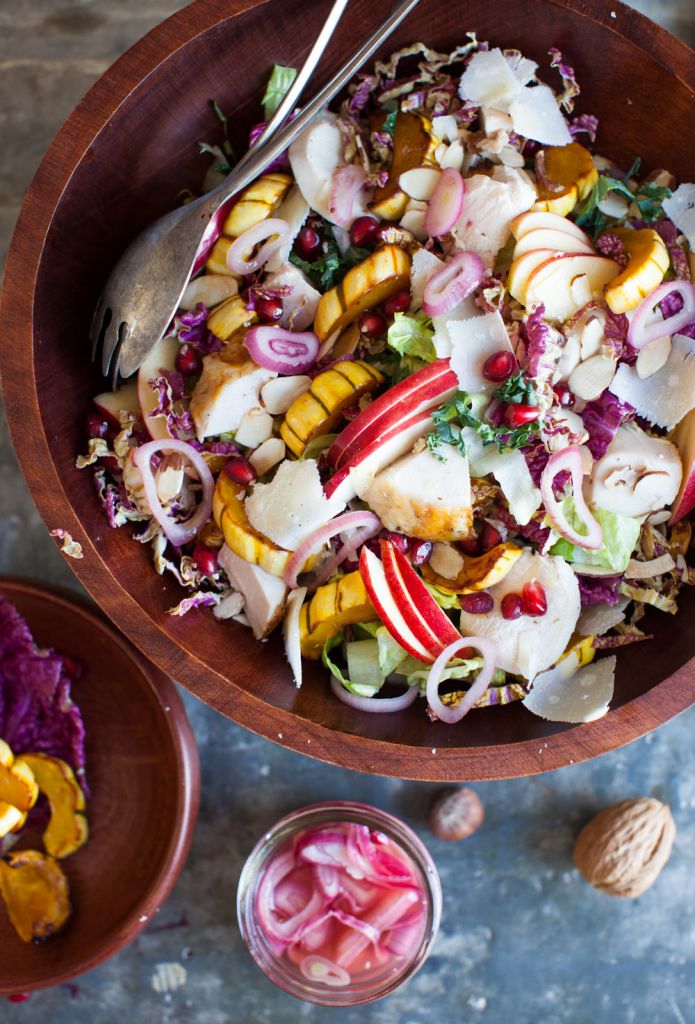
Implement a (flexible) Meal Plan
This is my Number One tip. It’s vital. Not only will you have a sanity-saving strategy for the week of meals, but you’ll save time and money in the process.
Review my basic steps for a meal plan, then write up your own. Instead of specific dishes, pencil in general meals such as ‘tacos’ or ‘pasta’. You want to be flexible enough to roll with the weekly sales. For example, if fish is on sale and beef is not, you proceed with Sheet Pan Fish Tacos for dinner.
Review my top five favourite frugal meals and consider put 1-2 per week into your menu plan. Read your favourite cookbooks and bookmark a few meatless favourites. Which brings me to my next point.
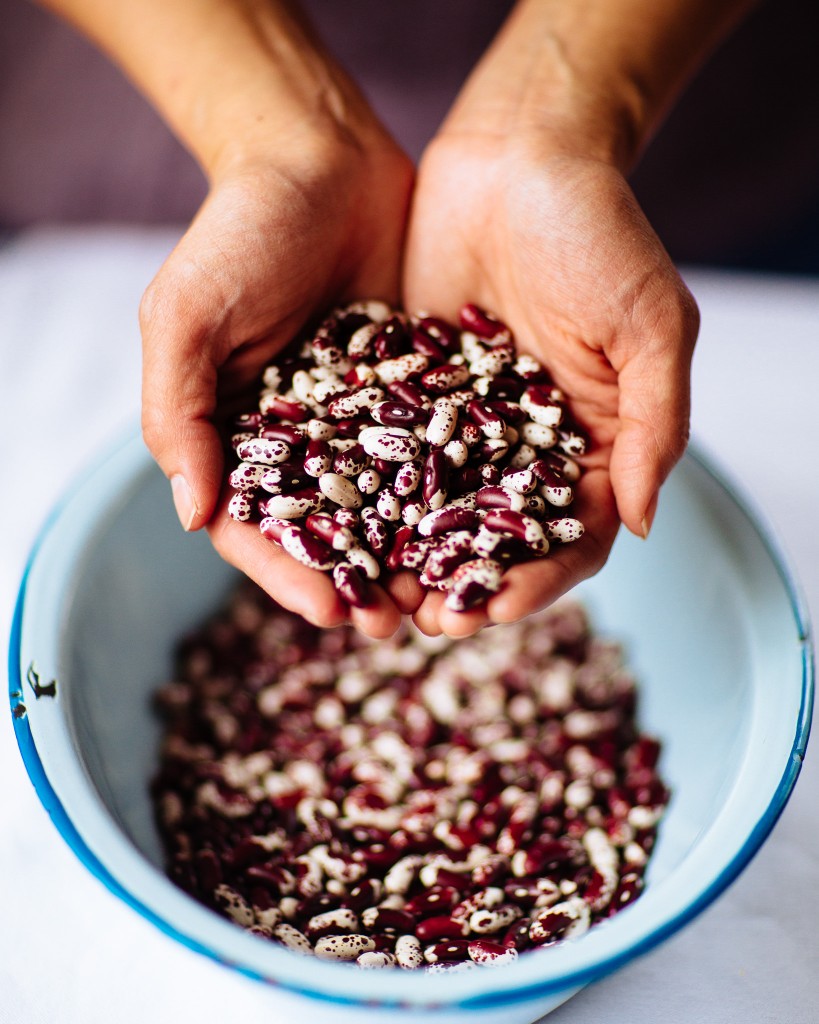
Eat Well and Spend Less 101: Cook Less Meat
In order to make dinner on a dime, the home cook has to cut back on meat consumption. My Spiced Taco Beef with Beans & Quinoa is a perfect example on how to feed a big family with 1 pound of ground beef. It can be done!
Beans, Eggs, Lentils, Whole Grains and Vegetables – these are the ingredients that can now be the focus on the plate. The savings in your grocery budget will be immediately noticeable, especially if you cook those dried beans from scratch.
Side Note: I’m loving the newly revamped Love Canadian Beans website. It’s packed with information, recipes, and – ohh look — a familiar face.
READ: Here’s a recipe round-up of simple and nourishing meatless main dishes: 10 Vegetarian Dinner for Winter Months. As well as 24 Pulse Recipes (pulse = beans, chickpeas, lentils, dried peas, etc).
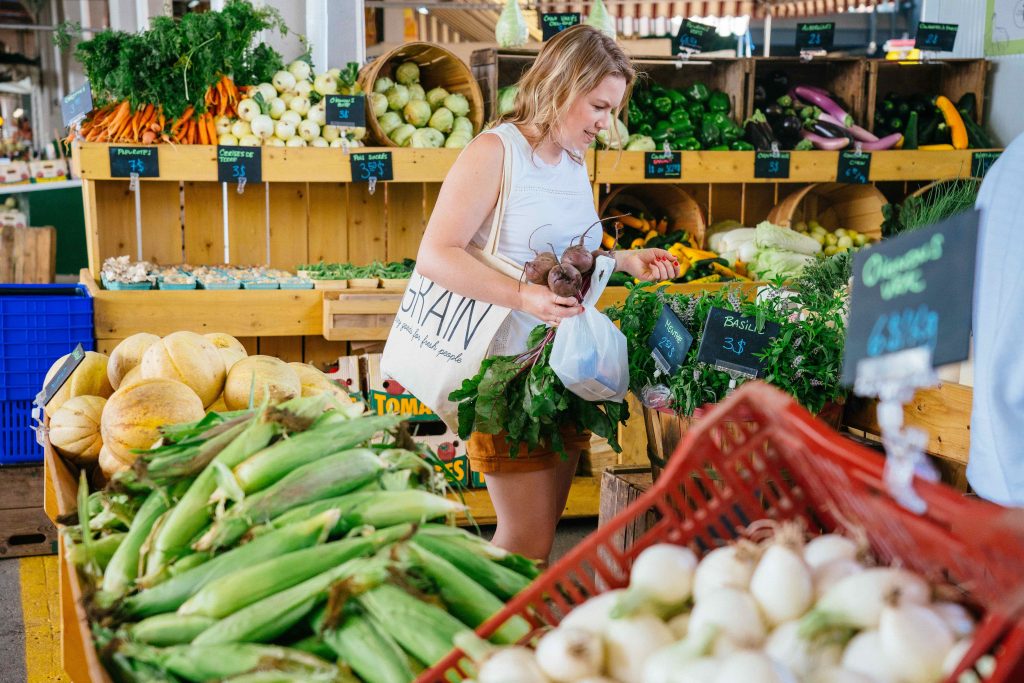
Shop with Intention
The budget-conscientious cook (that’s you!) makes a meal plan, writes a shopping list and comes home with only the essentials. These actions help to avoid impulse buys and really keep your purchases reasonable.
Many of us are watching the sales and stocking up on deals. This is only effective when you can a) store pantry foods without spoilage and b) have the freezer capacity for stockpiling. See below for more on those topics.
I find that for certain ingredients, I indeed can save money to buy in bulk. I tend to bulk buy ingredients that I know we use at a rapid rate, such as oatmeal or rice. Never ground spices, which go stale in a year.
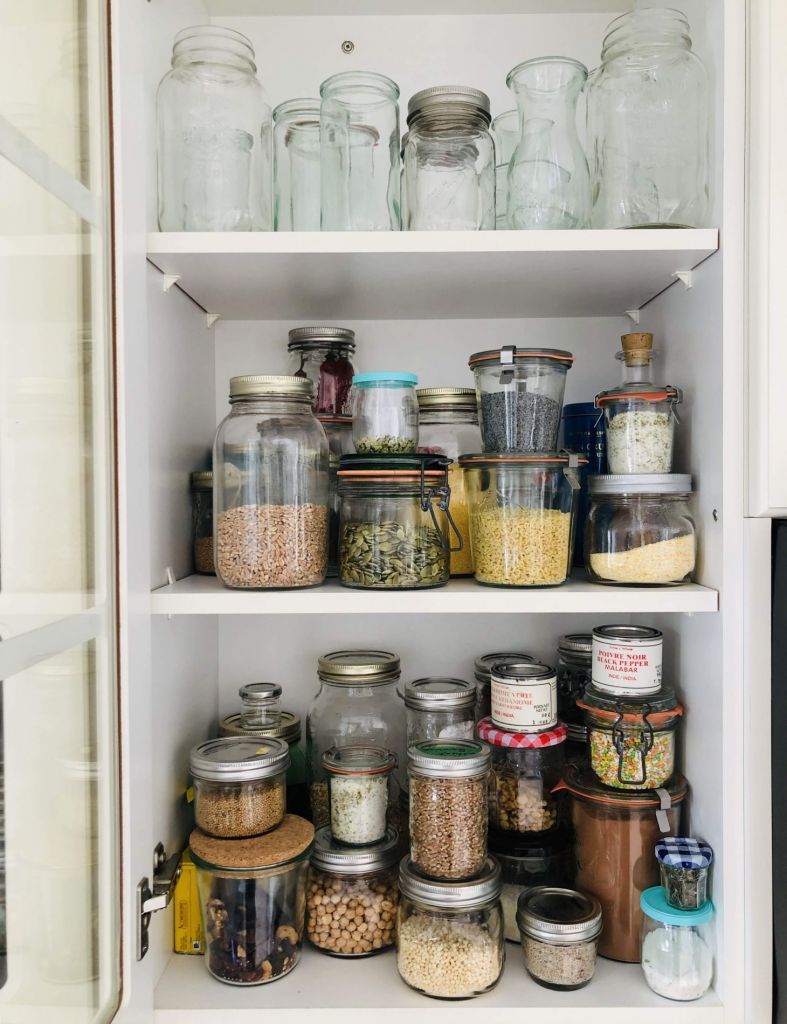
Store Pantry Food Properly
Contamination = Cash Lost. What is potentially damaging to our pantry staples? Oh, just Heat. Cold. Air. Light. Moisture. Smells. Critters. Any one of these can ruin our food, and all can be prevented.
A stash of half eaten cracker boxes or loosely tied bags of nuts will quickly become stale and rancid. Not to mention there’s a hoard of tiny critters just waiting to invade. As soon as a pantry ingredient is opened for use, transfer it to an airtight container and label it with the date.
Here’s the full post: How to Store Pantry Food for Maximum Shelf Life
You don’t need matchy-matchy jars to store food properly. In fact, I find many of my jars and airtight containers at thrift shops. I prefer glass jars, so that I can see at a glance what needs to be replenished.
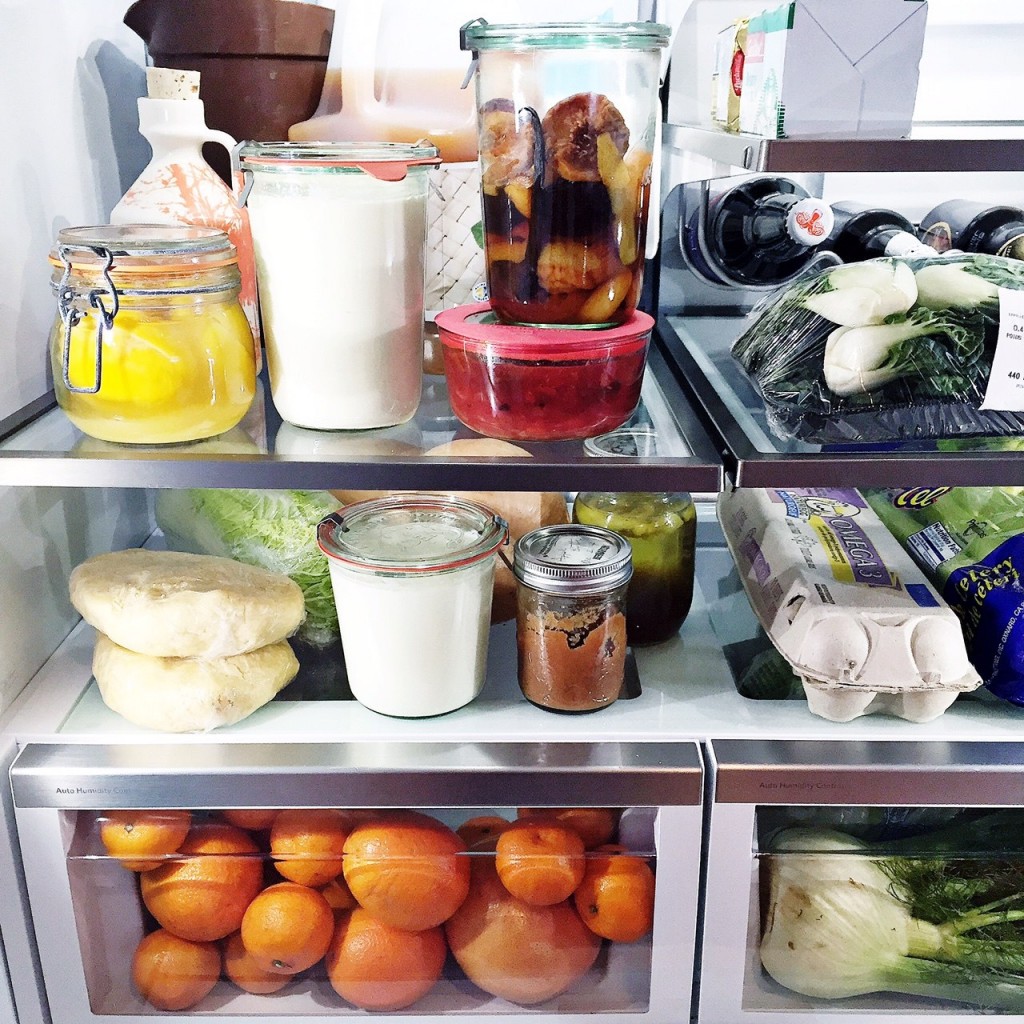
Be Vigilant About Fridge Organization
Practice the fine art of fridge management, and avoid food waste as much as possible. Keep it organized and clean. Label food clearly. Take stock frequently and use up oldest ingredients first.
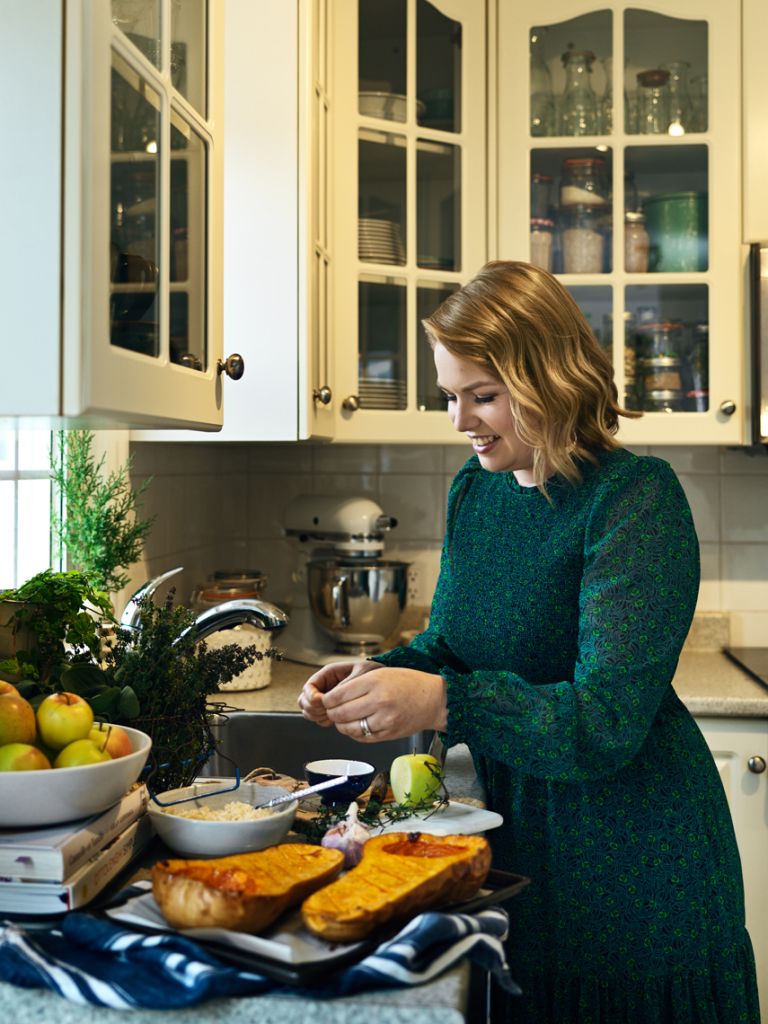
Use Reliable Recipes to Eat Well and Spend Less
Groceries are so expensive; maybe now isn’t the best time to be experimenting in the kitchen. You want to avoid kitchen disasters and potential food waste. Stick to tried and true family favourites, many of which you know and love on this blog!
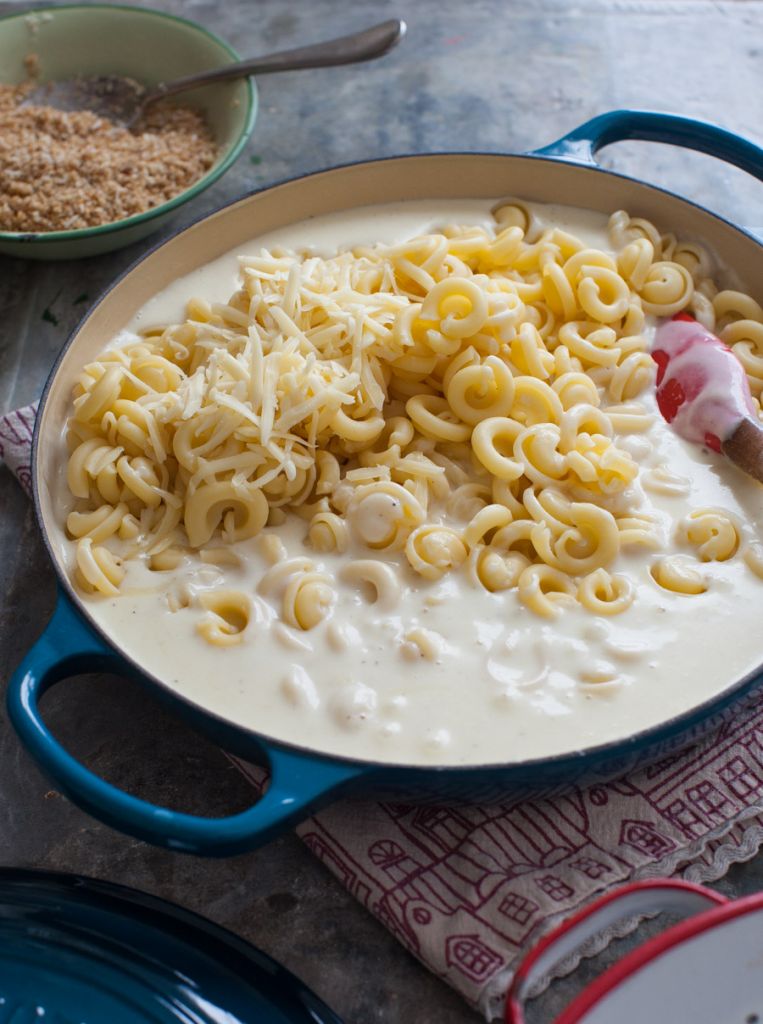
Make the Freezer Work for You
Stock up when there’s a sale on things like meat, cheese (yes, you can freeze grated cheese) and smoothie fruits. LABEL. Keep a running list of what goes in and when it goes in, especially if you have a chest freezer.

Store Leftovers Properly
Store leftovers in clear, airtight containers so you can see at a glance what you have. Label them with the date and use up the oldest first. (I use painters tape and a Sharpie, or just write on the containers with a Wine Writer’s Pen.
Love those leftovers. Send them for school lunches and work them into dishes like risotto or frittata.
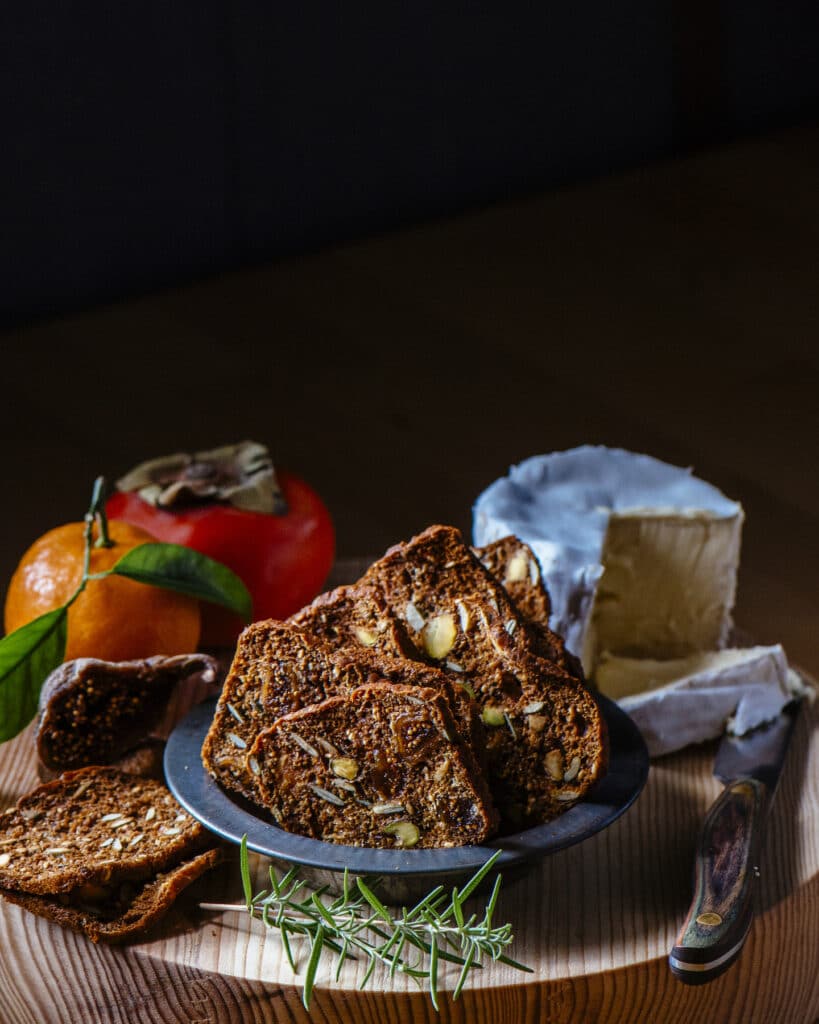
Embrace Scratch Cooking and Baking
Decide to make more homemade substitutes for grocery staples. Start small. Preserve in season. Be realistic and think about what works for you.
For example, in our home I’m making Fruit and Nut Crisps instead of buying Raincoast Crisps. We’re baking trays of homemade granola instead of the overpriced organic stuff in stores.
Not only is it cheaper to make your own real food staples, you know exactly what is going into your food. You can customize each item – be it a condiment, salad dressing or spread – to suit your family’s needs, avoid allergens and cater to taste preferences.
READ: Three Homemade Salad Dressing Recipes: Better For You, Better For Your Wallet
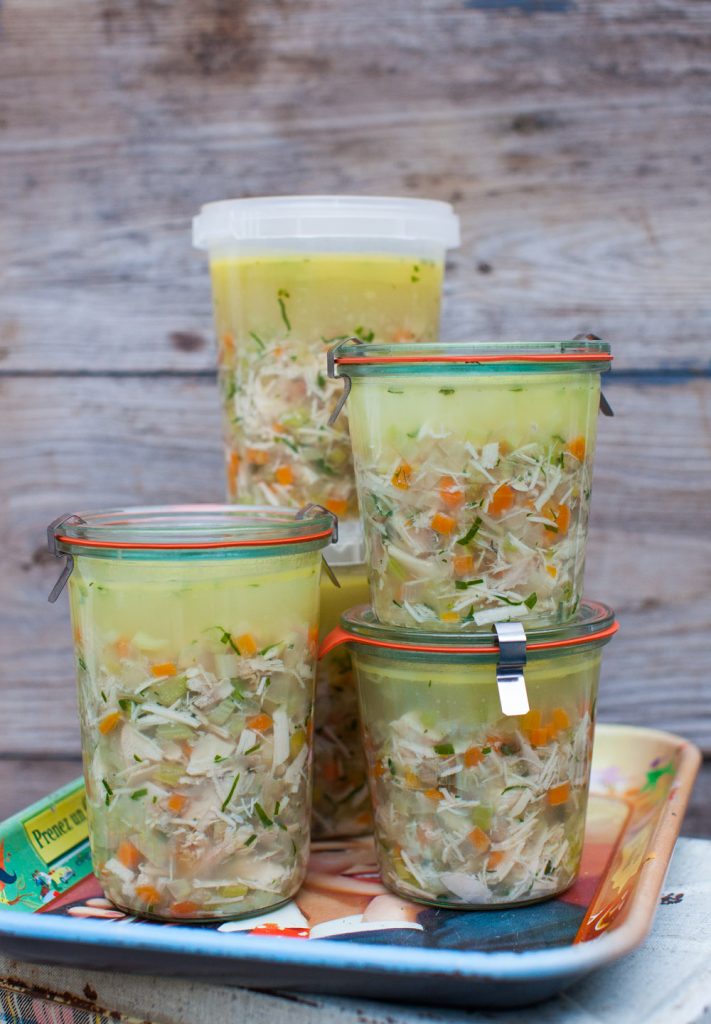
Utilize Batch Cooking/Freezer Cooking
Save money by making freezer/batch cooking really work for you. Batch cooking is essentially making multiples of a dish that can be frozen and reheated.
If you’re organized, batch cooking can bail you out of the weeknight dinner panic. No need for take-out or processed food from a box.
You can cook in batches anytime, ideally during your usual supper preparations. As long as you’ve shopped for double the ingredients, and maybe worked in a little meal prep, you can cook once and have two meals for your efforts by doubling the recipe.
READ: The Best Batch Cooking Recipes for Fall
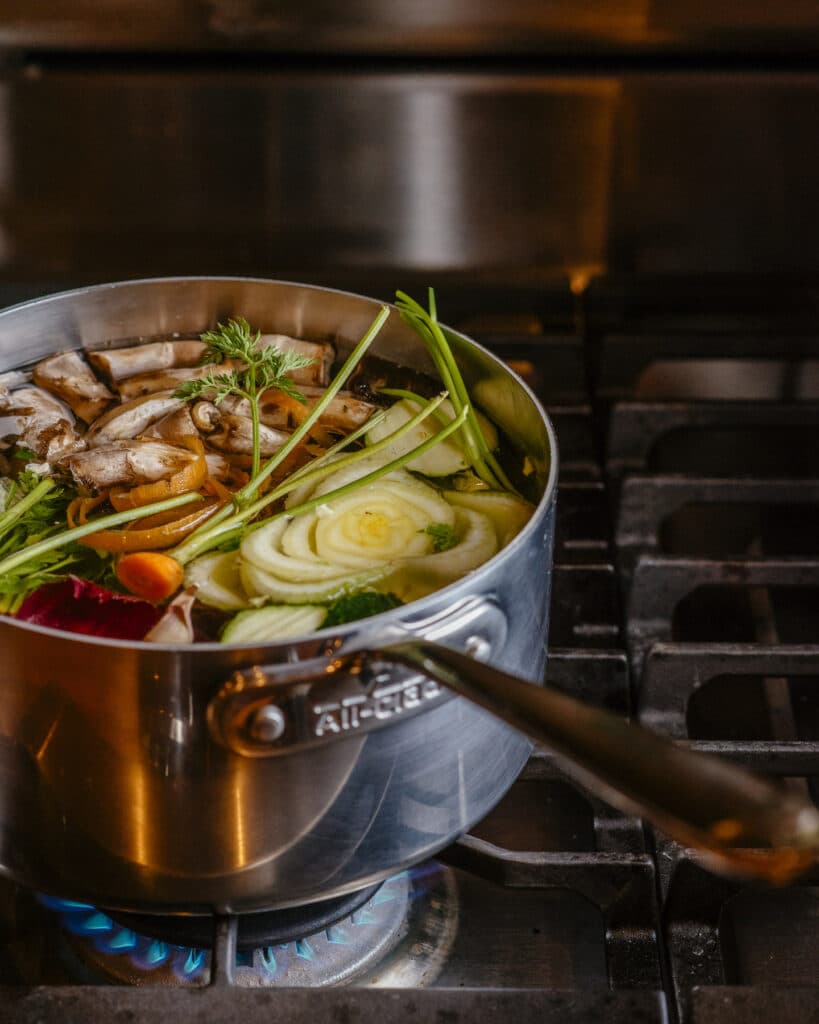
Simmer Homemade Stock
Chicken. Vegetable. Beef. You name it. Making your own stock serves two main purposes: it uses kitchen scraps that might otherwise go into the garbage or compost, and it yields a fragrant broth that is suitable for a myriad of dishes. You can also control the salt content.
- Recipe: Dark Chicken Stock
- Recipe: Homemade Vegetable Stock 101
- Recipe: How to make Brown Stock (beef, lamb, etc)
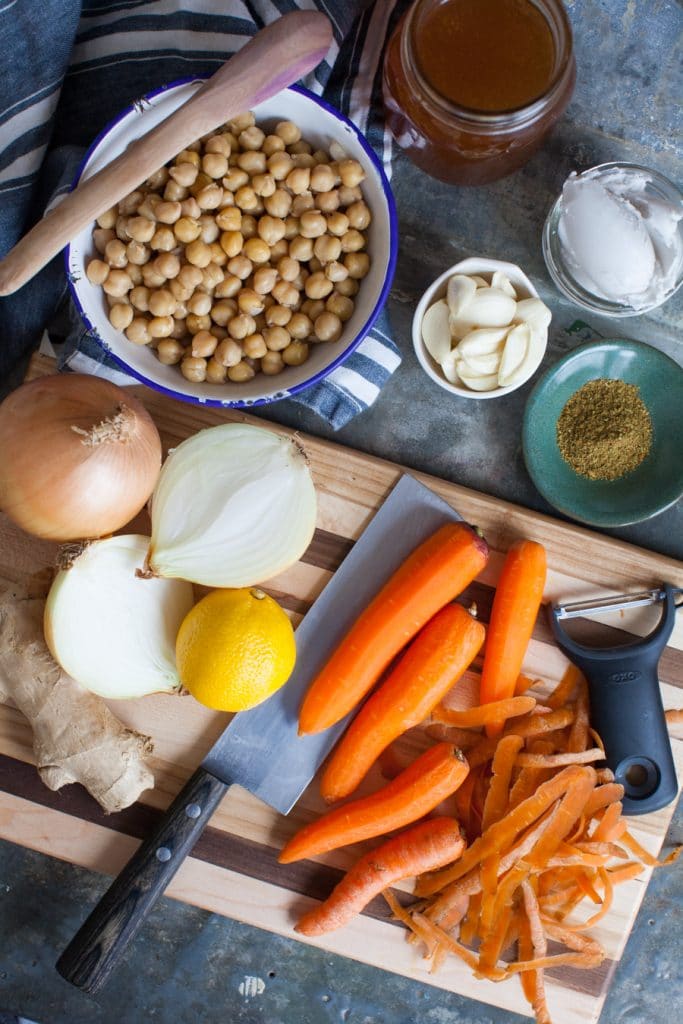
Make Soup From Scratch
Learn how to make soup from scratch. Then make it in season, all year long, using up vegetable scraps and pantry staples.
My vegan Creamy Carrot Ginger Soup about the most frugal recipe out there. It is SO easy to make and freezes well. You’re checking a lot of boxes with this one: local ingredients, scratch cooking, vegetarian main dish, batch cooking, seasonal eating, freezer cooking…
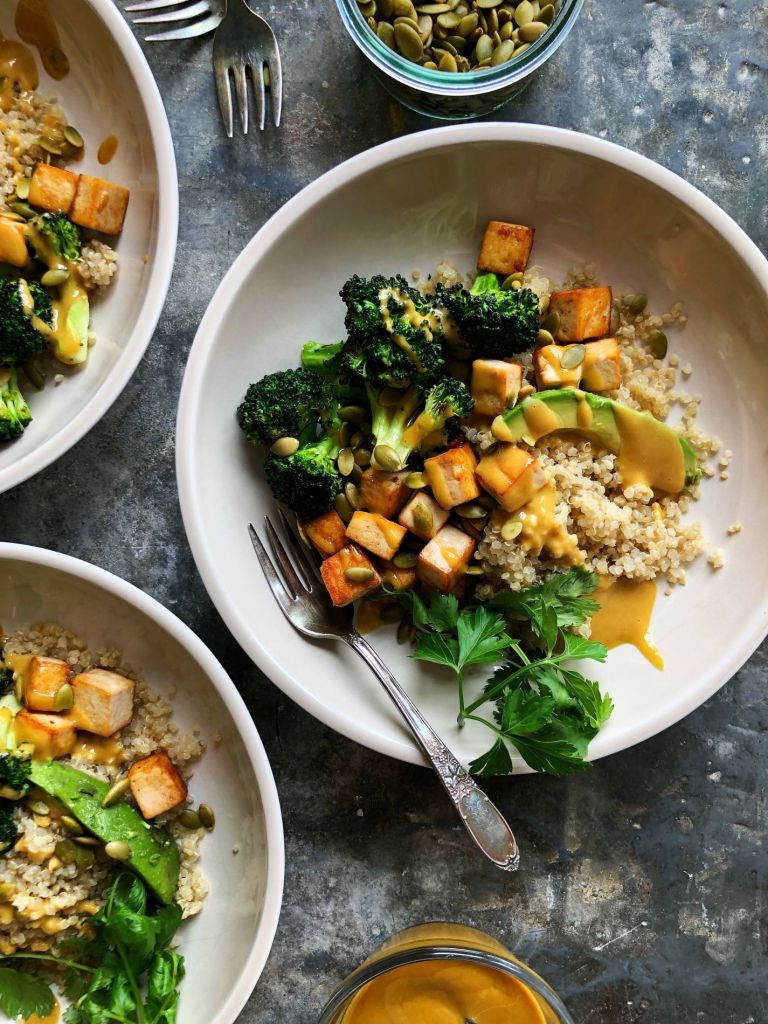
Build Power Bowls
Power bowls are great use of leftovers, feature pantry ingredients and can be customized to suit the different taste preferences around the table. If you can get creative, using what you have on hand, they can be a very frugal meal.
Learn how to cook and freeze nourishing whole grains, then build the bowls from there. Here’s our favourite Power Bowl Base using quinoa.
How to Eat Well and Spend Less over the Holidays

Plan Potlucks for Holiday Entertaining
A potluck with family and friends is the ultimate way to entertain without breaking the bank. It’s a group effort that yields a bountiful buffet with plenty of variety. That is, as long as you plan and delegate!
Read: Eat Well, Spend Less: The Art of the Summer Potluck (applicable for all seasons!)
Another holiday hack for the hostess is to organize a cookie swap, aka the ideal holiday party. There is minimal prep, aside from your cookie baking. Just brew a big pot of coffee and mix together a punch; there are no expectations for a big meal or buffet spread.
READ: Chocolate, Charity & Cheer: Tips for Hosting a Christmas Cookie Swap
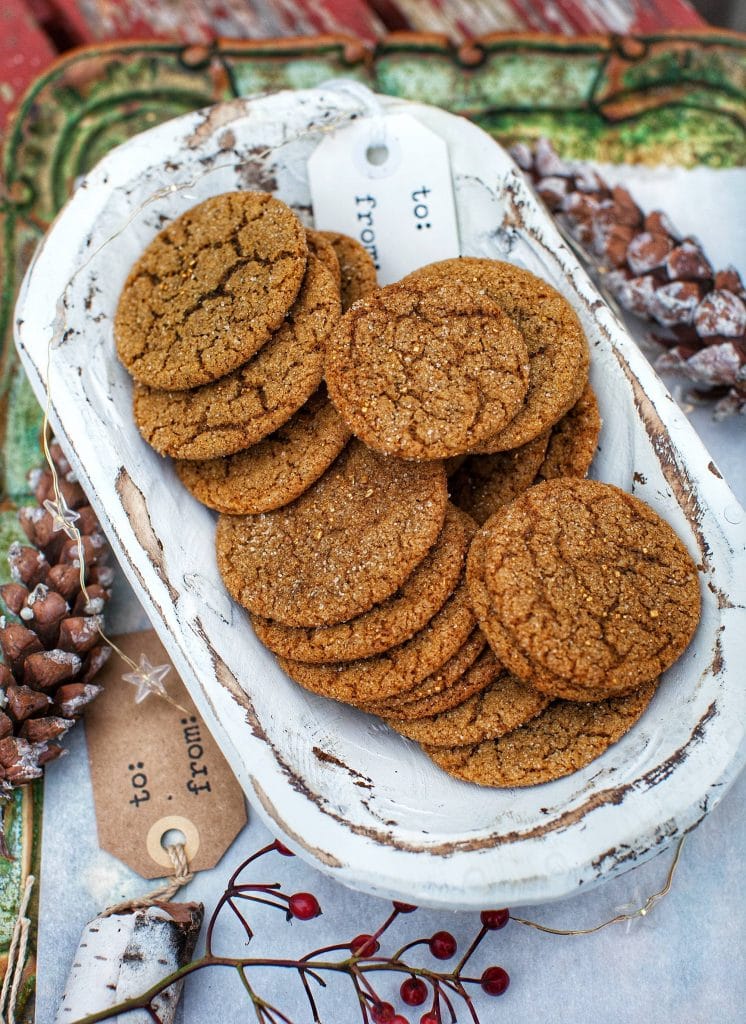
Bake with Simple, Seasonal ingredients
Holiday baking ingredients can really take a chunk out of the grocery budget. You can curate your baking list to feature local ingredients instead of imported food and this will make a big difference in costs.
Chose local apples and pears instead of out-of-season berries that have traveled from Mexico. Roast pumpkins instead of juicing lemons. Reach for molasses over dark chocolate, and oatmeal instead of expensive nuts. You get the idea; here’s a few recipe to get you started.

Be Conscious of Food Waste
With the holidays fast approaching, it’s helpful to review solutions to help reduce food loss and waste around this time of feasting. Not only will you stretch the food budget, but reducing your food waste is one of the most effective actions you can take to help fight climate change.
READ: 10 zero food waste tips for the holidays
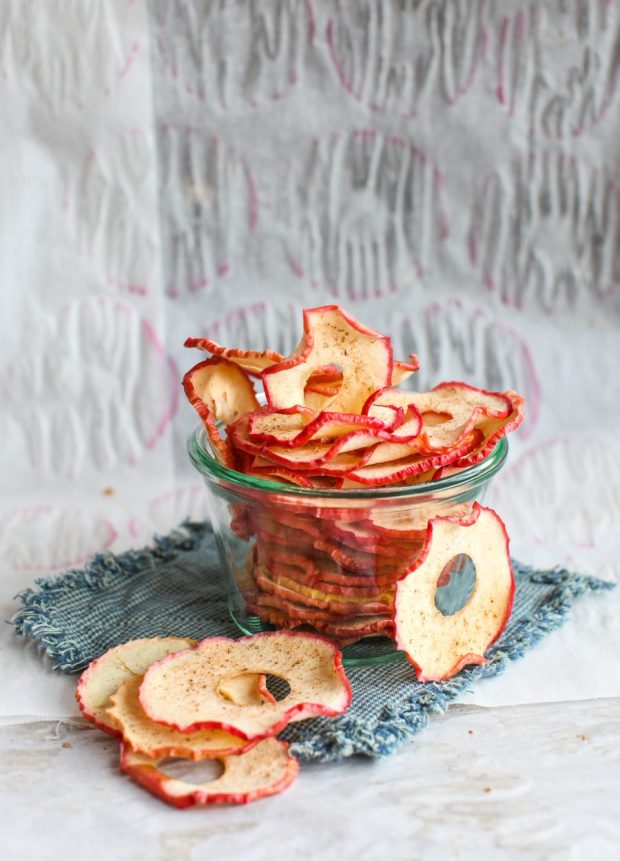
DIY Those Snacks
I’m a huge snacker, and so is my family. But there’s no way we’re buying fancy organic snacks. For as long as I’ve been a parent, I’ve bought wholesome ingredients (usually in bulk) and made my own power bites, granola bars, apple chips and more. I get the kids involved as helpers, and taught them to make their own.
READ: 18 healthful snacks, better for you, better for your wallet : a variety of homemade snack recipes.
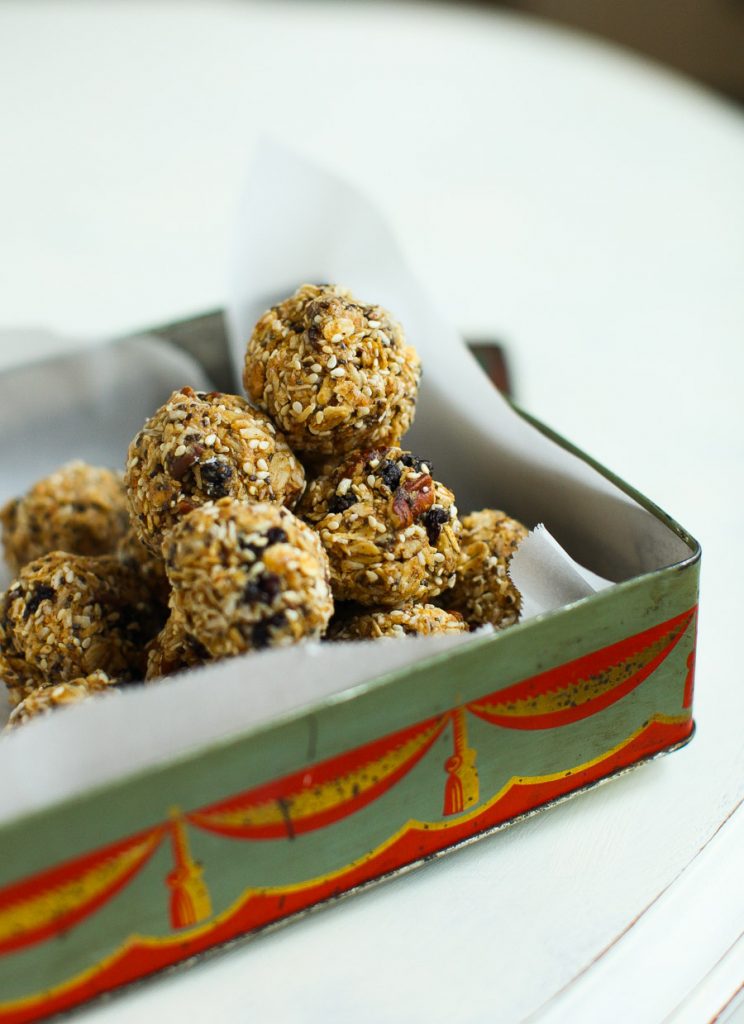
Pack Your Own Travel Snacks
Being able to eat well while in transit is rare. Being able to spend little is nearly impossible! But I wrote the post on how to do both: Eat Well, Spend Less: Wholesome, Homemade Food for Air Travel.
It also includes a recipe for Honey-Oat Cookies with Chocolate Coated Sunflower Seeds. These Chocolate-Oat Cereal Bars are another favourite travel snack. They come together really quickly, require no baking, and are absolutely addicting.
Share your tips for frugal eating in the comments below!




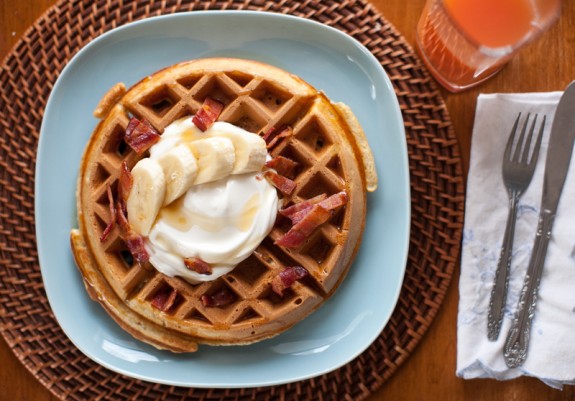

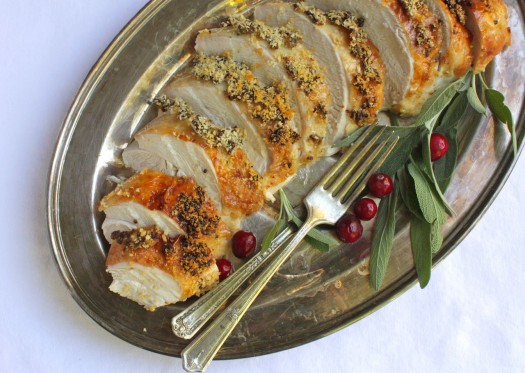
These tips are great, thanks!
Thanks for reading, Talina.
Thank you so much for taking the time to share these helpful tips with all of us!
It’s absolutely my pleasure, Julia.
Love it! Thanks!
Amazing. Thanks, Cath.
Thanks for this much need post Aimée! I just made your lentil shepherd’s pie the other night for dinner, it’s one of my go-to frugal, meatless but delicious recipes that my family and I love.
Thanks for reminding me about that one, Lori Ann. And thanks for reading!
Thank you so much for taking the time to share these helpful tips with all of us!Love it! Thanks!
Thank you so much for taking the time to share these helpful tips with all of us!Love it!